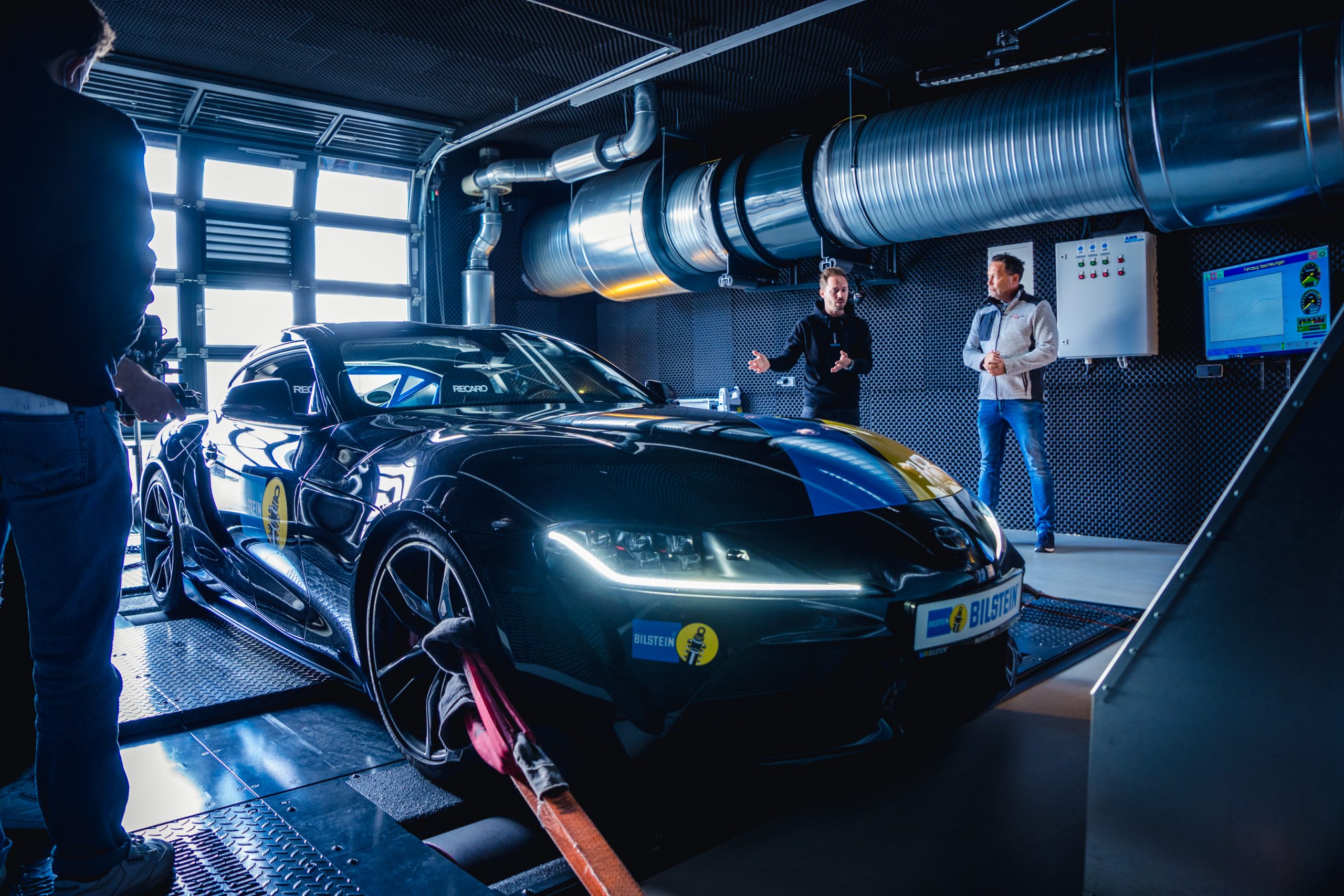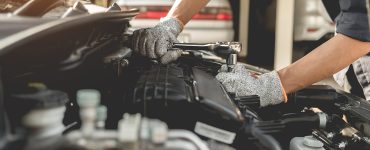Safe Car Tuning Practices – Optimizing Your Vehicle Properly
Tuning your car through computerized engine management, upgraded components, and revised suspension settings has become an extremely popular way to enhance vehicle performance and customize your ride. When done properly, car tuning allows dramatically improving your driving experience.
However, in the quest to extract more power, many fall prey to misleading myths about tuning practices. Consequently, their engines and components experience damage from haphazard tuning approaches. This article provides a comprehensive overview of performing car tuning in a cautious and methodical manner, avoiding the many pitfalls of hasty, ill-advised modification attempts.
What Exactly is Car Tuning?
Car tuning involves optimizing your vehicle’s performance through electronic programming adjustments and physical component upgrades. It aims to enhance key aspects like:
- Engine power output and torque
- Throttle response and acceleration
- Fuel efficiency and economy
- Transmission shifting behavior
- Suspension, brakes, and handling
There are two main facets of car tuning:
Engine Control Unit Tuning – Also called chip tuning or ECU remapping, this alters the programming of the engine control module to generate more power while optimizing efficiency.
Physical Component Upgrades – This covers modifications to parts like air intakes, exhausts, engine internals, brakes, suspension, wheels, and tires.
When carefully executed in unison, these tuning approaches can transform a vehicle, making it faster, sharper, and more responsive. But much can go wrong when car tuning is approached haphazardly without the necessary supporting modifications and adjustments.
Electronic Engine Tuning

The engine control unit (ECU) is the computerized module that dictates nearly all aspects of your engine’s operation. By feeding in sensor inputs like mass air flow, throttle position, barometric pressure, coolant temperature, and oxygen levels, the ECU modules optimizes tuning parameters in real-time to produce just the right air-fuel ratio, spark timing, boost pressure, and transmission behavior.
Altering the factory ECU programming, commonly called “flashing the ECU”, allows optimizing these critical parameters for your particular engine configuration and desired results. Here are some key areas a tuner will modify:
- Fueling Maps – Optimizes the air/fuel mixture under all conditions for power or efficiency. Avoids dangerously lean mixtures.
- Timing Maps – Carefully advances or retards ignition timing for controlled combustion with maximum torque.
- Throttle Mapping – Alters throttle pedal sensitivity and power delivery characteristics. Removes flat spots.
- Rev Limiters – Safely raises the maximum engine RPM capabilities for more power in the upper rev range.
- Turbo Boost Limits – Carefully increases turbocharged engine boost pressure for substantially greater horsepower and torque. Must be done gradually to avoid detonation.
- Transmission Shift Points – Refines automatic transmission behavior for sharper response and optimized upshifts or downshifts.
This ability to fine tune engine operation accounts for the tremendous popularity and impact of modern ECU tuning. When paired with physical upgrades like intake and exhaust mods, staggering performance gains are possible. But this flexibility comes with proportionate risks if not exercised prudently by experienced tuners.
The Benefits of Proper Car Tuning
When done with the necessary caution and diligence, expert ECU tuning and supporting mods can deliver outstanding gains:
- Horsepower and Torboost – Depending on supporting mods and tune aggression, jumps of 50-100% extra horsepower and torque are common. This utterly transforms acceleration.
- Throttle Response – Remapping throttle parameters dramatically sharpens pedal input reactions. Excellent drivability enhancer. Reduces or eliminates pedal lag.
- Fuel Efficiency – Optimized spark timing, air-fuel ratios, and transmission shifting often improves MPG, especially for city driving. Forces induction engines benefit greatly here.
- Smoother Power Delivery – Refined timing and boost maps mitigate flat spots for incredibly linear delivery across the rev range. Poor OEM calibration is common.
- Higher Safe Rev Limits – Allows reliably extending peak power by increasing maximum engine speed capabilities through careful ECU changes.
- Customization – Match engine characteristics precisely to your desires from conservative to extremely aggressive. An ECU tune is highly adjustable.
But again, these exceptional benefits rely strictly on cautious tuning by proven professionals. Hasty ECU alterations risk serious mechanical damage.

The Critical Need for Dyno Tuning
While it may seem easy just to plug in a laptop and upload some off-the-shelf tune files, this approach is fraught with peril. Proper ECU tuning requires meticulous incremental testing and refinement using engine [dyno] dynamometers. Here’s why:
- Gradual Optimization – A dyno allows making small measured changes at a time to map sensors and maximize performance safely. Gains are earned through practice.
- Simulates Real-World Conditions – Dynos replicate speeds, loads, pressures, and temperatures vehicles experience on the road for highly accurate tuning.
- Consistency – Provides exact controlled conditions for tuning that are unaffected by outdoor variables unike road tuning.
- Safety – Overly aggressive tuning is immediately evident on a dyno by dangerous temperatures and pressures before damage occurs.
- Diagnostics – Sensor data and logs help identify any underlying issues hindering optimal tuning.
There are no shortcuts to proper ECU tuning. Taking the necessary dyno tuning time is mandatory for optimizing engines correctly and safely. The dyno also facilitates necessary supporting mechanical upgrades.
Supporting Modifications
To fully realize gains from electronic tuning while ensuring engine longevity, key hardware upgrades are essential:
Intake and Exhaust
It’s near universal for tuners to pair ECU work with less restrictive intake and free-flowing exhaust upgrades. This improves engine airflow to supply more fuel and air for making extra power. Crucially, ECU adjustments prevent leanness.
Neglecting to tune for intake and exhaust changes can doom an engine through excessively lean air-fuel ratios and detonation. Don’t just bolt on parts without properly retuning for them.
Internal Engine Components
When significantly increasing power levels, components like forged pistons, upgraded connecting rods, multi-layer steel head gaskets and improved valvetrain components greatly enhance reliability under higher pressures and heat.
Fuel and Ignition Upgrades
To support making more power while avoiding dangerous lean conditions, upgraded fuel injectors and fuel pumps coupled with ignition improvements like improved coils and performance spark plugs are common.
Chassis and Suspension
With massive power increases, suspension reinforcement through components like strut tower braces, chassis stiffening, sway bars, and shocks allows harnessing the output for quicker cornering and acceleration.
Transmission and Driveline
The transmission and driveline must be upgraded to smoothly transfer higher torque levels to the wheels. Components like performance clutches, driveshafts, differentials and axles see added stress from tuning.
When done in unison, ECU power tuning combined with optimized complementary hardware modifications allows safely realizing incredible performance gains. The key is proper dyno tuning at each step.
Why Some Tuning Approaches Fail
In contrast to the prudent tuning practices outlined above, many enthusiasts fall prey to dubious tuning myths and misconceptions rooted in false economies or ignorance:
No Tuning Required for Forced Induction – A common misconception is that turbocharged and supercharged engines don’t need tuning accompanying mods like intakes. In fact, they desperately need it to prevent detonation and pre-ignition from increased airflow and pressures.
Generic Off-the-Shelf Tunes Are Adequate – While tempting for their convenience and low cost, generic tune files fail to account for your engine’s unique characteristics and conditions. This compromises power and risks damage.
A Base Tune is Sufficient – Unlike gradual dyno tuning that optimizes over time, thinking a base tune is “good enough” leaves substantial unrealized power and economy on the table while risking problems. Tune aggressively but in increments.
Any Tuner Offers Similar Results – In reality, tuner expertise varies tremendously. Optimal gains rely on extensive specific experience with your engine configuration to maximize performance safely. Don’t trust your car to rookies.
Set It and Forget It – Unlike popular belief, an ECU tune isn’t a one-time deal. As you modify and upgrade your car over time, the programming requires adjustment to sync with the new hardware. Plan for revision.
By failing to heed the basics of good tuning practice summarized here, many end up disappointed with minimal gains at best, and potential engine damage at worst. Do your homework to avoid these missteps.
What Can Go Wrong with Bad Tuning
In contrast to meticulous dyno tuning that safely broadens the performance envelope of your car’s engine, reckless ECU tuning attempts risk severely compromising your engine’s health:
- Detonation/Pre-Ignition – Excessive ignition advance and lean air-fuel ratios cause destructive uncontrolled combustion events. This melt holes in pistons.
- Melted Pistons – Besides detonation, lean mixtures and overly advanced timing cause intense sustained heat that melts and damages aluminum pistons.
- Rod Bearing Failure – Marginal lubrication at the redline combined with detonation’s violent cylinder pressure spikes can wipe rod bearings.
- **Excessive Cylinder Pressure ** – Trying to extract too much power from factory internals causes cylinder pressures beyond component limits. Gaskets blow, seals fail.
- Overly Advanced Timing – Pushing timing too far risks hard detonation spikes that damage bearings and cylinder walls despite appearing safe at first. Conservatively advance.
- Lean Fuel Mixtures – Green tuners fail to properly enrich mixtures to match upgraded airflow. This melts pistons and risks pre-ignition. Always tune fueling concurrently with intake and exhaust mods that increase airflow.
While often not immediately catastrophic, even minor mishaps like intermittent ectonation events signal incoming failure down the road. Don’t learn these lessons the hard way.
Finding a True Professional Tuner
Given the consequences of improper tuning, selecting an experienced and reputable tuner shop for your specific engine configuration is absolutely mandatory:
- Research Experience – Look for demonstrated expertise working extensively with your engine type and even model year. Ask for past tuning examples on similar builds.
- Look for Specialization – Tuning requires highly specialized skills. Avoid general mechanics lacking focus purely on programming.
- Seek Proven Dyno and Street Tuning – A reputable tuner has professional grade dynamometers on premises to tune in controlled conditions before street refinement. Dyno results prove capabilities.
- Ask Around – Talk to owners of tuned vehicles like yours for personal recommendations of tuners that delivered great power safely. Don’t trust your car to unproven businesses.
- Consider Certifications – While no substitute for experience, certain trade certifications like EFILive’s indicate dedicated tuning focus.
Expert engine tuning derives from experience. While paying well for a seasoned professional seems expensive upfront, it is infinitely cheaper than an engine rebuild!
Start with Reliability, then Optimize
When executed properly, ECU tuning transforms vehicles, making them vastly quicker, more efficient, and enjoyable to drive. But realizing massive gains hinges strictly on applying modifications judiciously in the correct sequence:
- Upgrade supporting components like intakes, fuel systems, and ignition systems to provide capability margins.
- Use conservative base tunes at first focused purely on maximizing reliability and drivability.
- Make gradual optimization changes slowly in dyno incrementally, with safety the top priority.
- Only after mastering safe reliability tuning on the dyno move to aggressively optimize for maximum performance. Don’t skip steps chasing big dyno numbers immediately. Exercise restraint and caution.
Like any endeavor, car tuning requires practice and progression to achieve success. Be willing to invest in the process. Don’t gamble with the health of your engine by cutting corners and blind optimism. Proper tuning done right will make your car a joy to drive for many miles.





[…] Before you dive in, it’s crucial to understand the safe ways to go about car tuning. […]
[…] Safe Car Tuning, Tuning vs Engine Damage, Performance Air Filter Brands, and […]